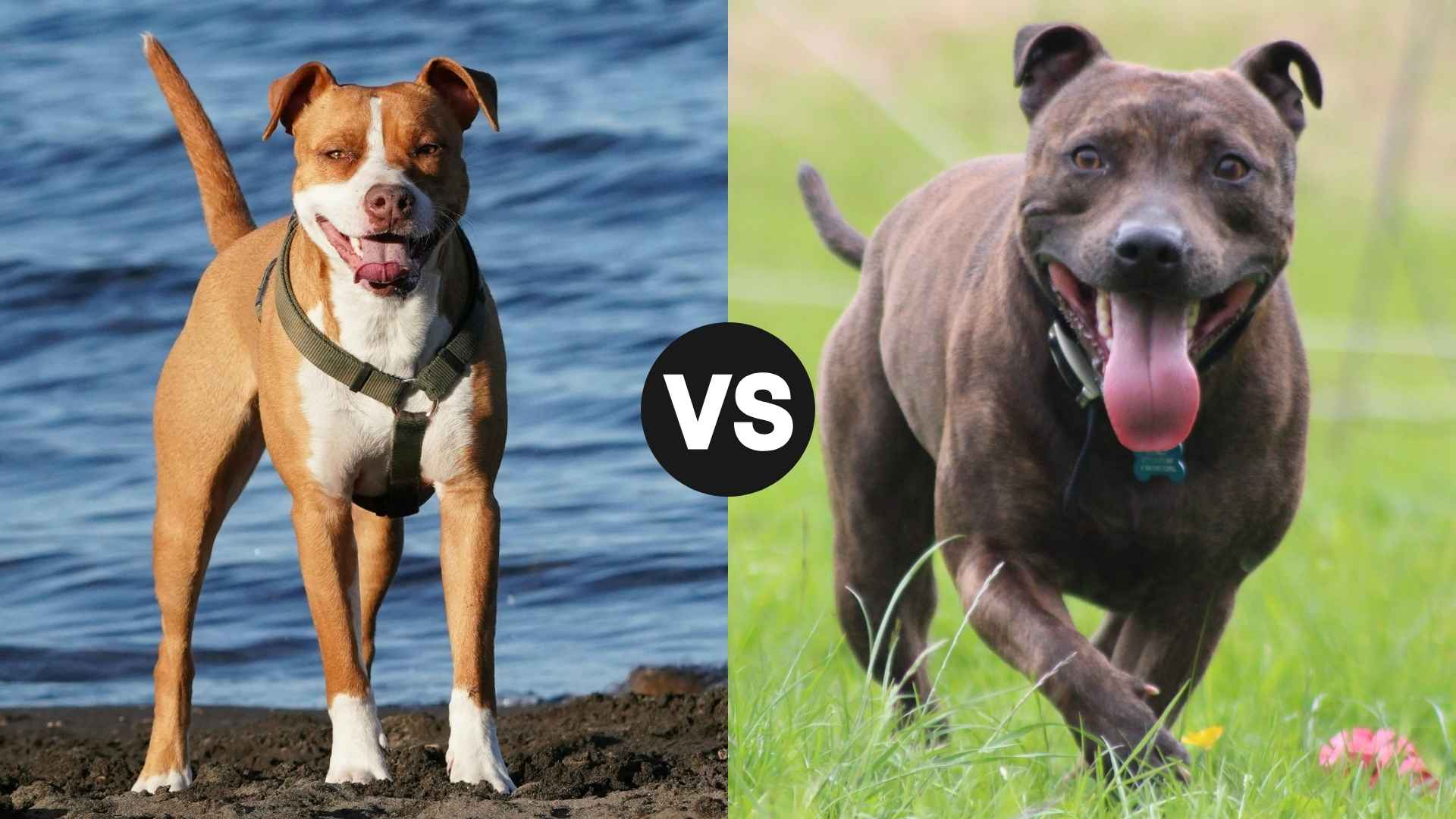Pit Bull vs Staffordshire Bull Terrier—it’s a common comparison that often causes confusion among dog lovers. While the Staffordshire Bull Terrier is a distinct, AKC-recognized breed with an official breed standard, the term “Pit Bull” isn’t quite so clear-cut.
In fact, Pit Bull isn’t a breed at all—it’s a general term used to describe several muscular, short-haired breeds with similar ancestry, including the American Pit Bull Terrier, American Staffordshire Terrier, American Bully, American Bulldog, and even the Staffordshire Bull Terrier itself.
This overlap in classification often leads people to wonder what sets these dogs apart. Are their temperaments different? What about their size, care needs, or suitability for families? In this post, we’ll break down the key differences between the Pit Bull and the Staffordshire Bull Terrier, helping you understand their unique traits and histories and which one might be the better fit for your lifestyle.
Pit Bull vs. Staffordshire Bull Terrier
Pit Bull vs Staffordshire Bull Terrier is a comparison often clouded by misunderstanding. The term “Pit Bull” is not a recognized breed by major kennel clubs like the AKC; instead, it’s an umbrella label used to describe several muscular, short-haired breeds with Bulldog and terrier ancestry, such as the American Pit Bull Terrier, American Staffordshire Terrier, and Staffordshire Bull Terrier.
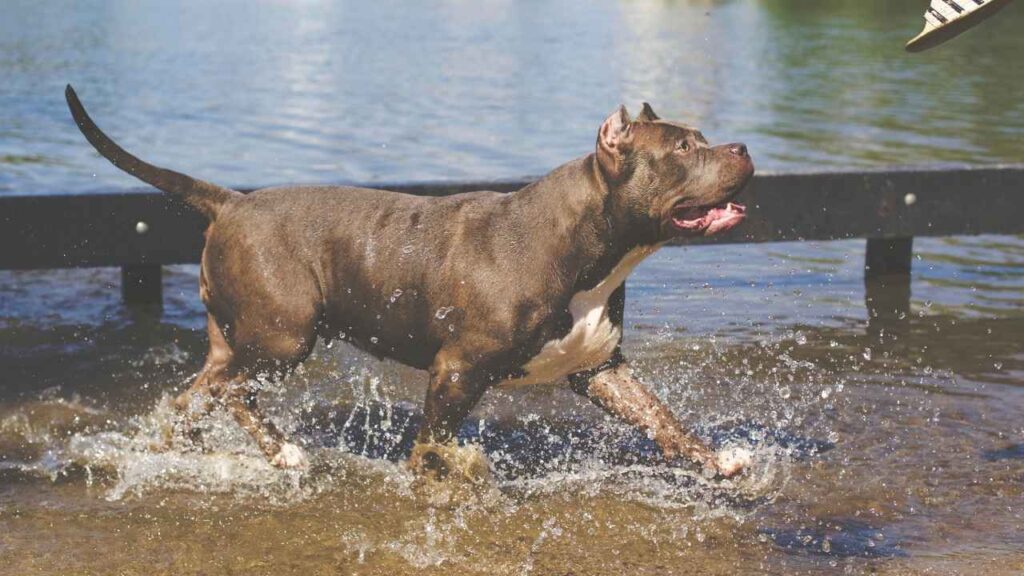
Only the American Pit Bull Terrier is officially recognized by the United Kennel Club and the American Dog Breeders Association. Originally bred in 19th-century England, Scotland, and Ireland for hunting and bull baiting, Pit Bulls later became associated with dog fighting in the U.S. Despite this controversial past, many are affectionate, loyal, and athletic companions.
On the other hand, the Staffordshire Bull Terrier is a distinct and recognized breed developed in 19th-century England for pit fighting. Stocky and muscular with a broad chest and strong head, the Staffordshire Bull Terrier—commonly known as the Staffy or Staffie—was created by crossing Bulldogs with terriers like the now-extinct White English and Black and Tan types.
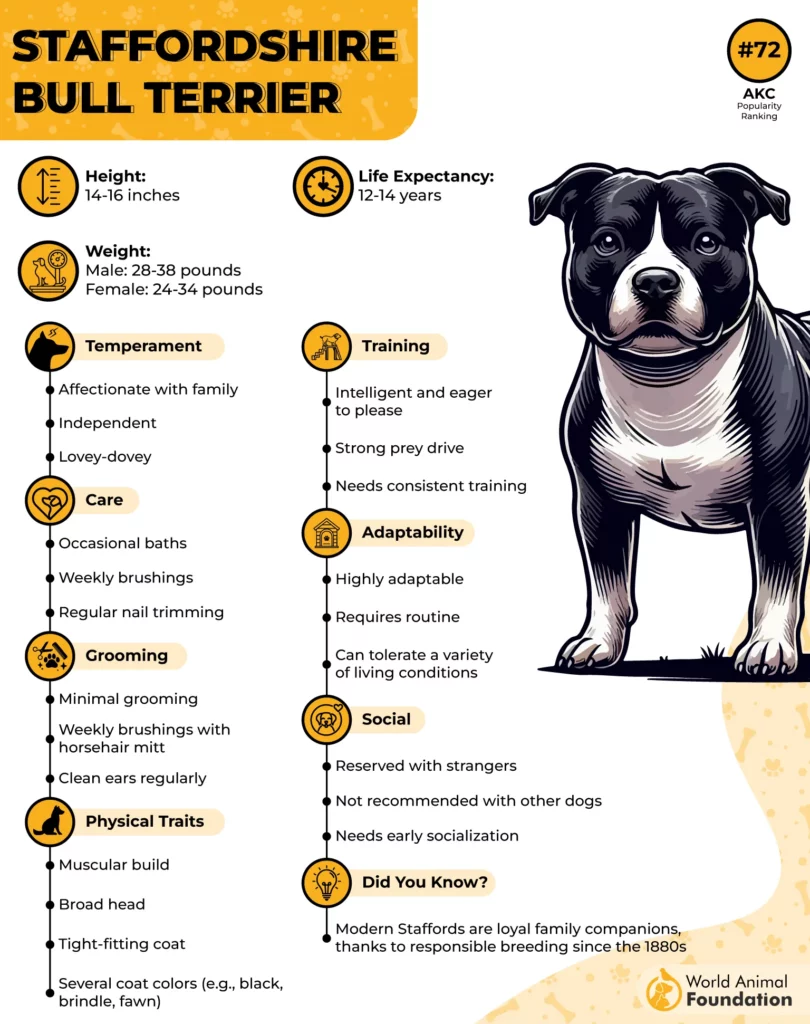
The AKC recognized this breed in the 1970s. This breed closely resembles its descendant, the American Staffordshire Terrier, but is smaller in size. While their appearance may seem tough, Staffies are famously affectionate and known for their “nanny dog” instincts. They thrive in family environments when well-trained and socialized.
Comparison of Size and Weight
When comparing Pit Bulls to Staffordshire Bull Terriers in terms of size and weight, Pit Bulls are generally the larger of the two. Pit bull-type dogs typically stand between 18–21 inches tall and weigh 35–70 pounds, while females are slightly smaller at 17–20 inches tall and 30–60 pounds.

Their muscular build and athletic frame give them a powerful appearance, and their short, smooth coats come in various colors such as black, blue, brindle, and fawn.
In contrast, Staffordshire Bull Terriers, or “Staffies,” are a more compact medium-sized breed. They usually stand up to 16 inches tall and weigh between 24 and 38 pounds. Staffies are impressively stocky and muscular despite their smaller stature, often described as “buff.”
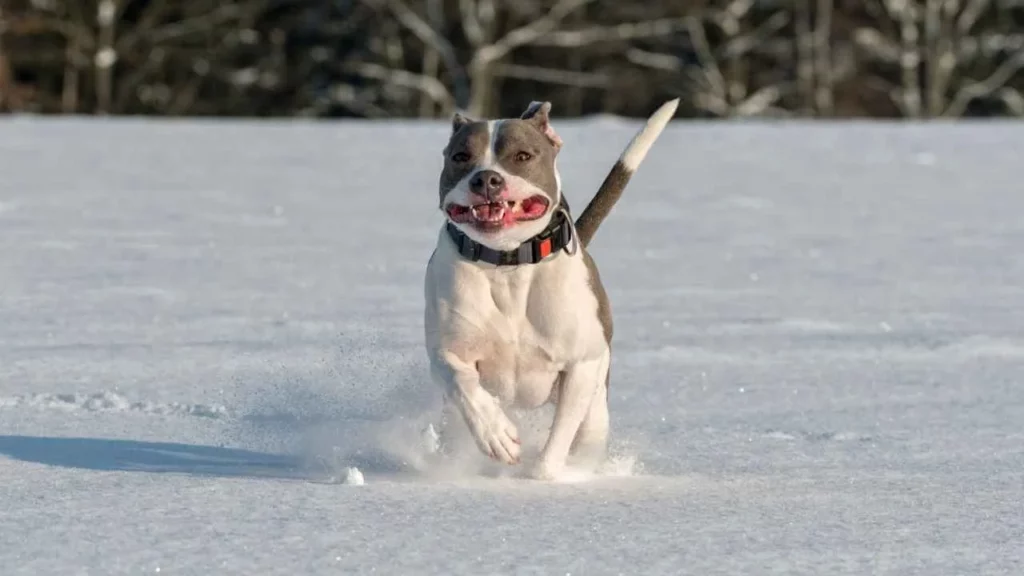
Their dense build makes them sturdy and strong. They have a playful yet protective personality that matches their solid frame. While smaller than Pit Bulls, they carry just as much physical presence in a more compact body.
Personality and Temperament Overview
Pit Bulls are energetic, loyal, and intelligent dogs that thrive with physical activity and mental stimulation. They’re often quiet indoors and eager to learn, though a stubborn streak can appear. While most make devoted family pets, their history in dog fighting means some may show aggression toward other dogs if not properly socialized. However, they can be just as loving and well-mannered with responsible training and care as any other breed, states Britannica.
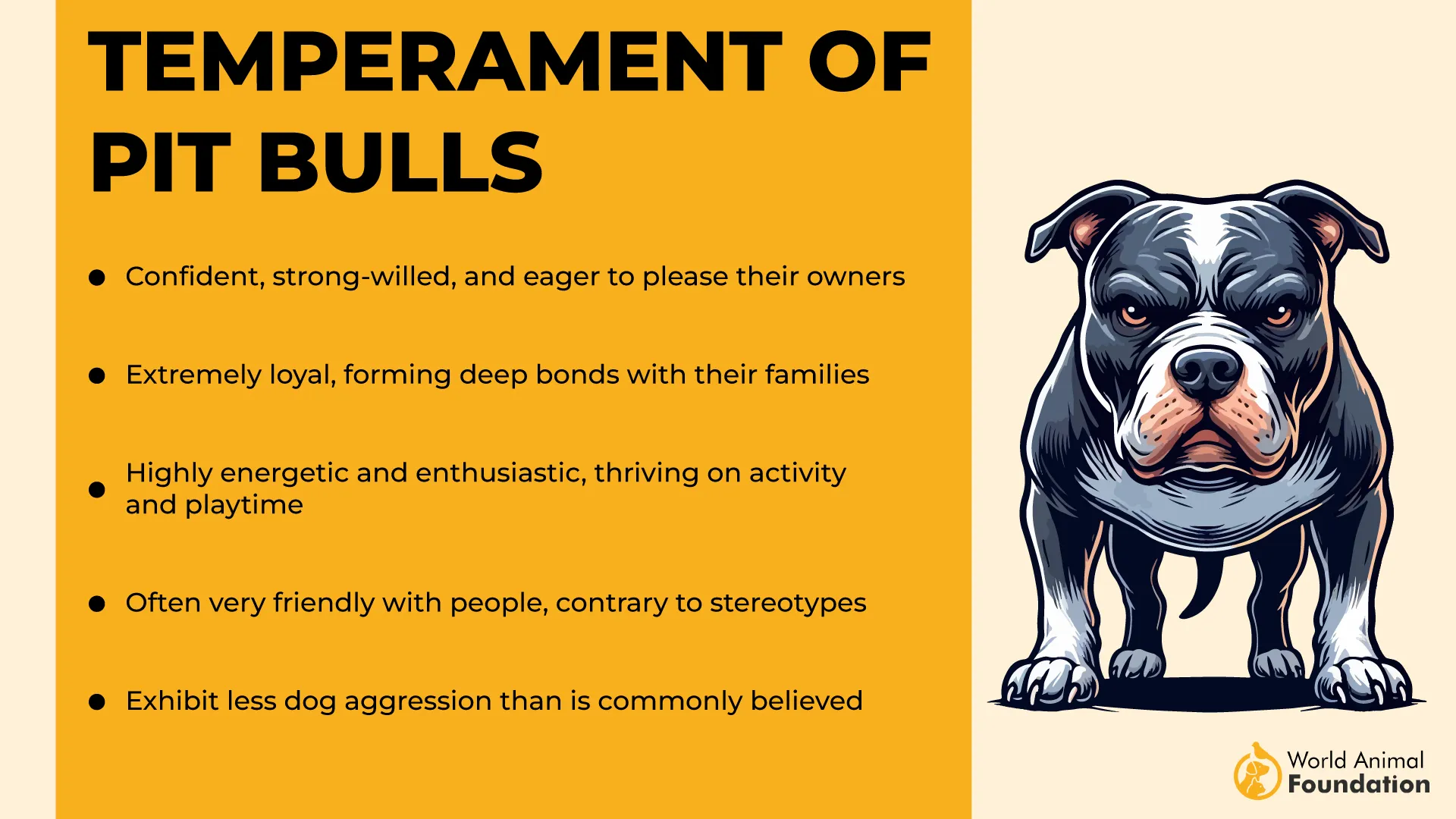
Staffordshire Bull Terriers are affectionate, playful, and deeply loyal to their families. When socialized, they are friendly with people, but their strong build and boisterous energy may be too much for small kids or elderly handlers. Like Pit Bulls, they can be headstrong and are usually best as solo pets. With consistent training and responsible ownership, well-bred Staffies shine as devoted, gentle companions, states Purina.
Adaptability and Level of Independence
Both American Pit Bull Terriers and Stafford Bull Terriers adjust fairly well to new homes or routine changes, especially with a supportive owner. While not overly sensitive, they do best with consistency and positive reinforcement to feel secure in unfamiliar environments.
These breeds are highly people-oriented and don’t tolerate long periods alone. Without regular interaction, they may become anxious or destructive. They thrive in homes where someone is around most of the day, or can include them in daily activities.
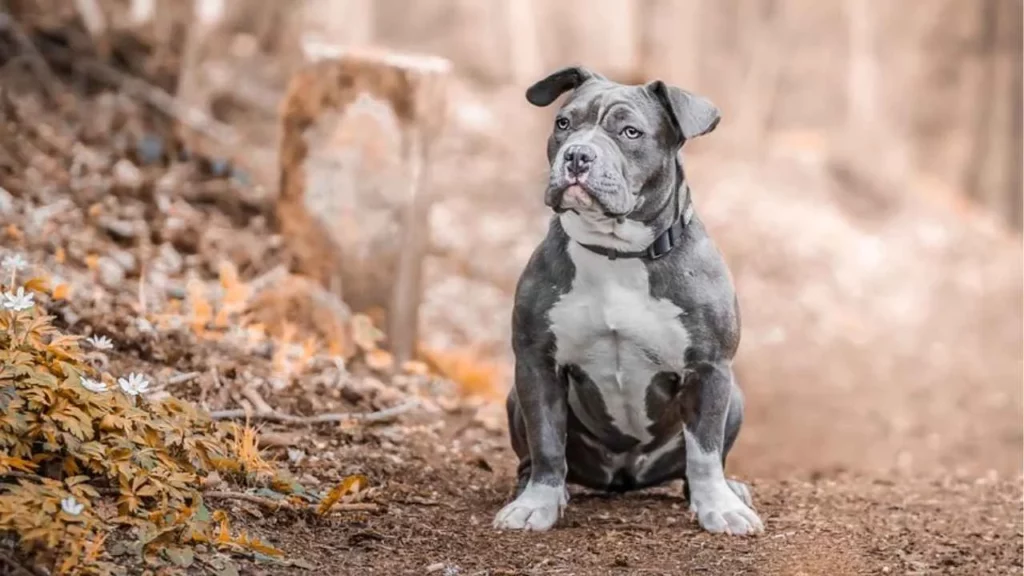
Bite Force and Jaw Characteristics
The American Pit Bull Terrier’s bite force is estimated at 310 PSI, placing it seventh among dog breeds in terms of jaw strength relative to size. Their muscular build and quick reflexes contribute to their reputation for delivering powerful bites.
While Pit Bulls are often noted in bite statistics, it’s essential to understand that aggression is not inherent to the breed but is often a result of poor training, neglect, or provocation. Their physical capabilities should not be mistaken for natural hostility—behavior is shaped largely by environment and responsible ownership.
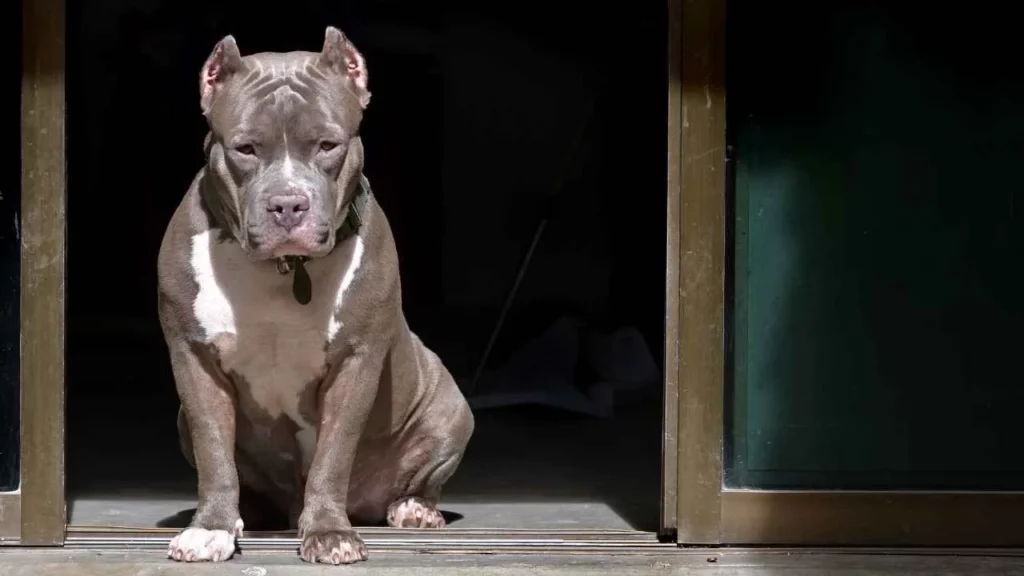
The Staffordshire Bull Terrier also has a notably strong jaw, with a bite force ranging between 200 and 400 PSI. This strength is rooted in the breed’s history of being developed for bull-baiting and dog fighting, which emphasized powerful builds and broad heads.
Despite this, Staffies have a lower-than-average mouthing tendency and a moderate bite risk, typically only reacting under specific stressors like pain or provocation. With proper socialization and training, their strength is well-managed, and their temperament remains balanced and affectionate.
Health Conditions and Lifespan Analysis
American Pit Bull Terrier
Lifespan: Generally a healthy breed with a lifespan of around 12–14 years.
Common Issues:
Allergies: Can be triggered by food, fleas, or environmental factors; symptoms include itching, hair loss, and skin irritation.
Hip Dysplasia: A genetic condition leading to joint pain, lameness, and arthritis; may require weight management or surgery.
Cataracts: Clouding of the eye lens that may cause vision loss or blindness; often seen in aging dogs.
Care Tips:
Regular vet checkups, preventative care, and potential use of pet insurance help manage long-term health.
Staffordshire Bull Terrier
Lifespan: Typically lives 12–14 years.
Health Concerns:
Hip & Elbow Dysplasia: Causes joint pain and mobility issues; treatable with supplements, weight control, or surgery.
Luxating Patella: Knee cap dislocation causing limping or hopping gait.
Juvenile Hereditary Cataracts (JHC): Early-onset cataracts leading to blindness by age 2–3; genetic testing recommended.
L-2-HGA: A metabolic disorder causing seizures, tremors, and stiffness; no cure, but can be screened for.
Degenerative Myelopathy (DM): A progressive spinal disease leading to paralysis; only palliative care is available, states PetMD.
Care Tips:
Limit heat exposure, maintain regular vet screenings, and choose responsible breeders who perform genetic testing.
Energy Levels and Daily Exercise Needs
Both are high-energy breeds that need at least an hour of daily exercise. Pit Bulls excel in agility, obedience, scent work, and weight pulling. Their strong, determined nature requires secure fencing and structured leash walks using a harness. Early training is crucial, as their behavior is shaped more by environment and upbringing than by breed alone.
The Staffordshire Bull Terrier is equally active and needs vigorous regular exercise and mental stimulation. They thrive in dog sports but can be prone to digging and escaping if left unsupervised, so secure fencing is essential.
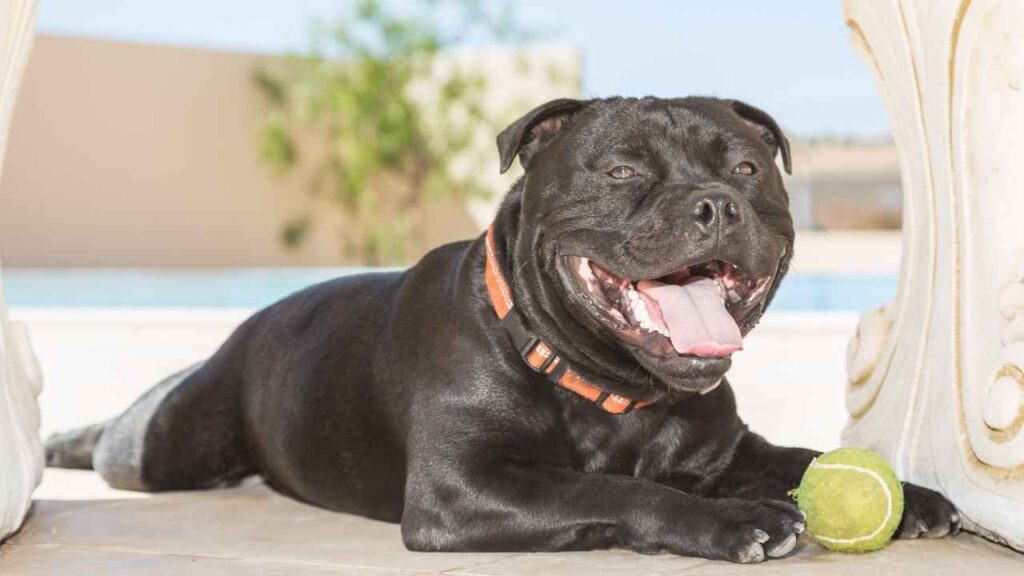
While some are social, many Staffies may be dog-aggressive, so off-leash daily walks and dog parks are not ideal. They’re also sensitive to heat, so exercise should be adjusted in warmer weather, according to AKC.
Grooming Requirements and Allergy Considerations
Both the American Pit Bull Terrier and Staffordshire Bull Terrier are low-maintenance in grooming, thanks to their short, smooth coats. Weekly brushing is usually enough to control shedding and keep their coat clean, with baths only needed when they get especially dirty.
Though grooming is minimal, both breeds can develop skin issues from environmental irritants like grass, pollen, or chemicals, so regular checks for redness, itching, or flaking are important.
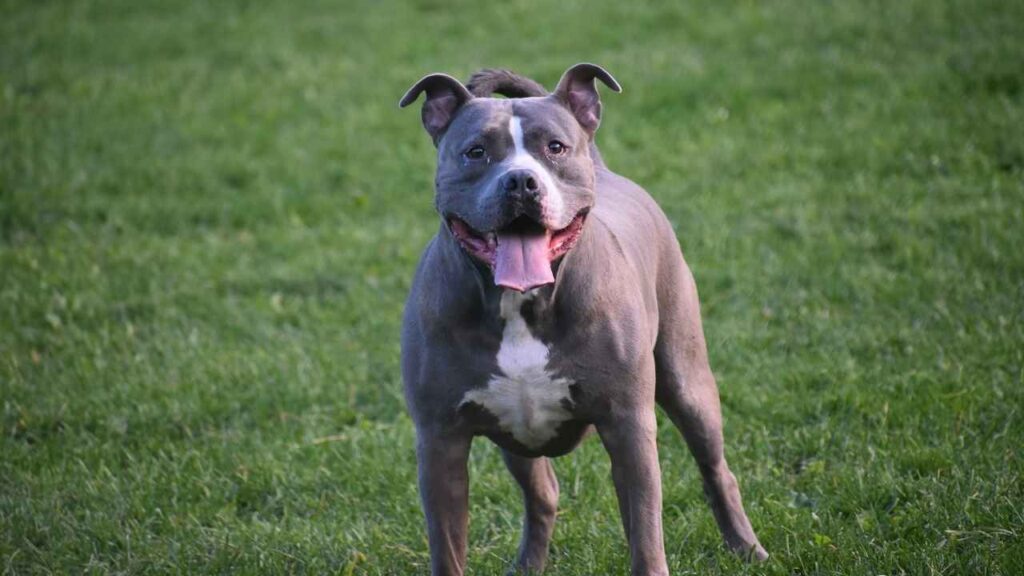
While neither breed needs a complex skincare routine, monitoring for allergies is essential, especially for Pit Bulls, who are more prone to food and environmental allergies. Staffies, too, can be vulnerable to fleas due to their coat type and benefit from flea comb brushing in warmer months.
Preventative care like regular vet visits, flea control, and post-play cleaning helps minimize skin problems. Early detection and consistent management are key to keeping both breeds comfortable and healthy.
Conclusion
In conclusion, while the Pit Bull and Staffordshire Bull Terrier share a common ancestry and a history rooted in blood sports like bear baiting, these two recognized bully breeds have evolved into affectionate, people-loving companions.
Both are strong-willed, broad dogs with pronounced cheek muscles and boundless energy, requiring regular exercise, proper training, and socialization from an early age to thrive. Though formerly bred in aggression, today, they are known for their friendly nature and adore human companionship.
With the right upbringing, either breed can become a wonderful family pet and outstanding companion, whether as a brisk-walking partner or a gentle, well-socialized Staffie curled up at home.


